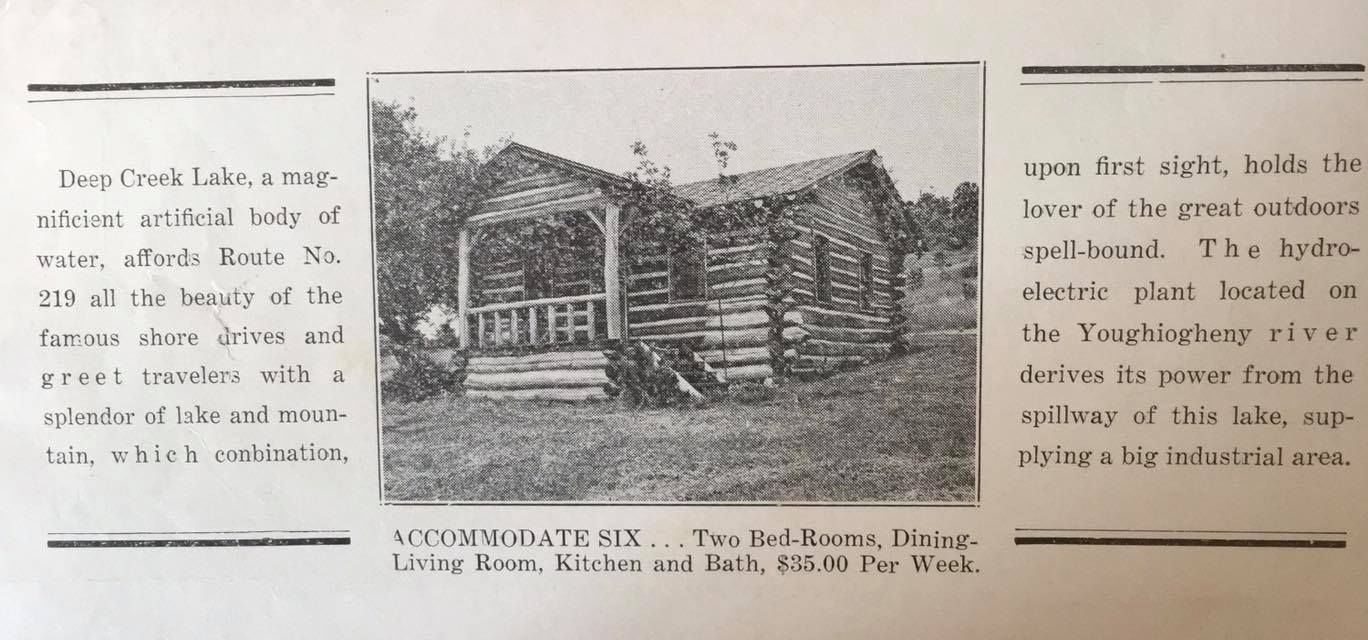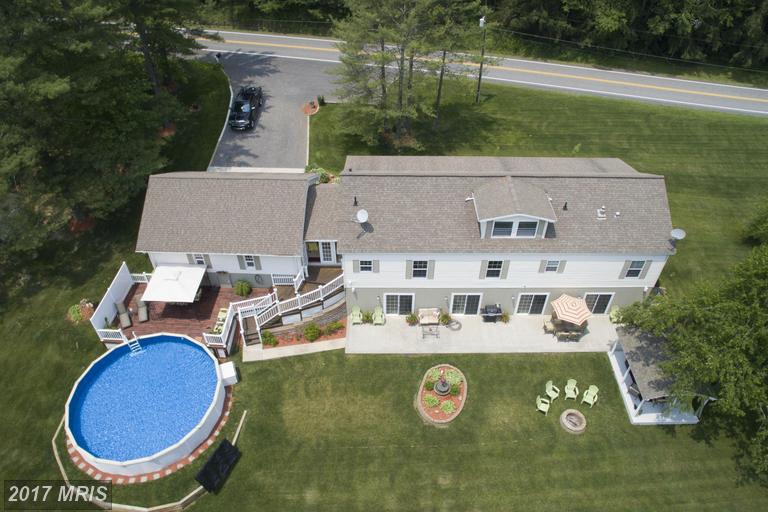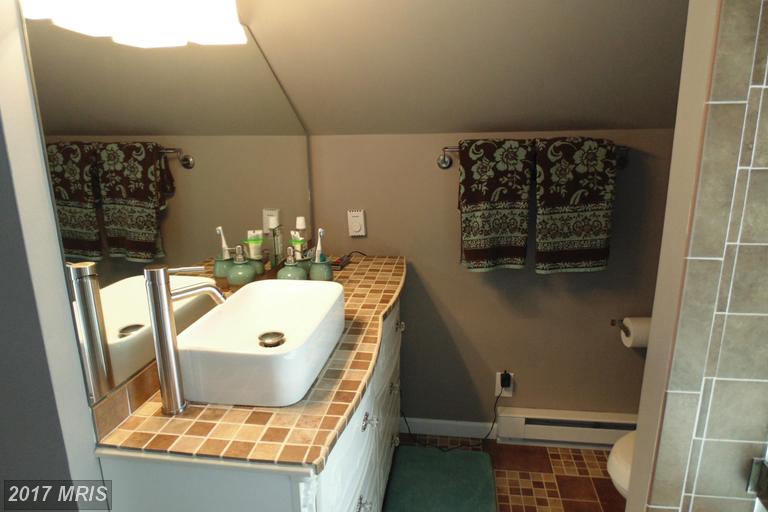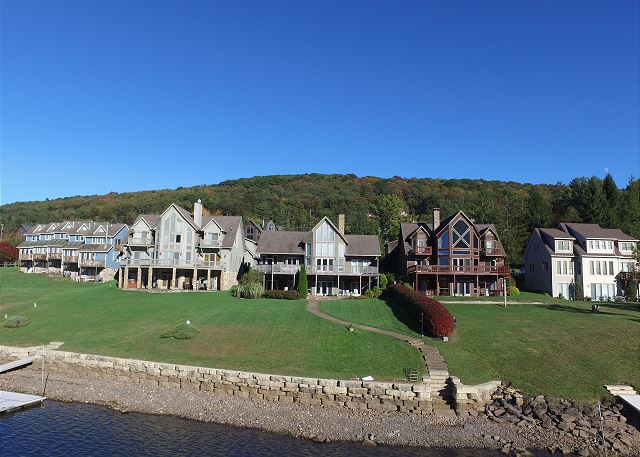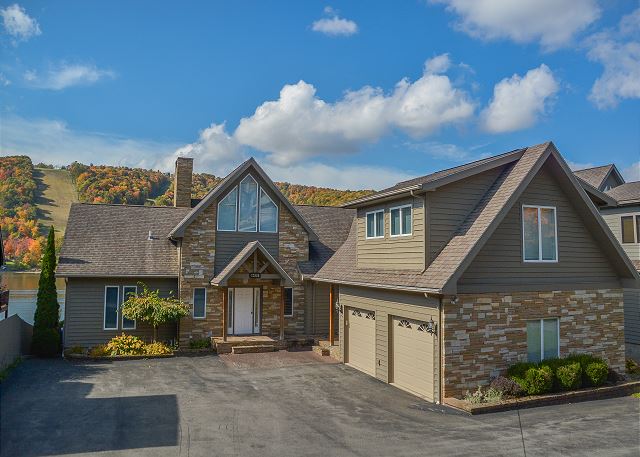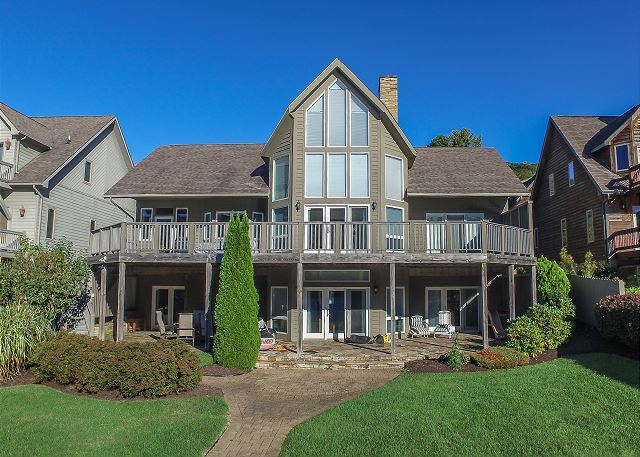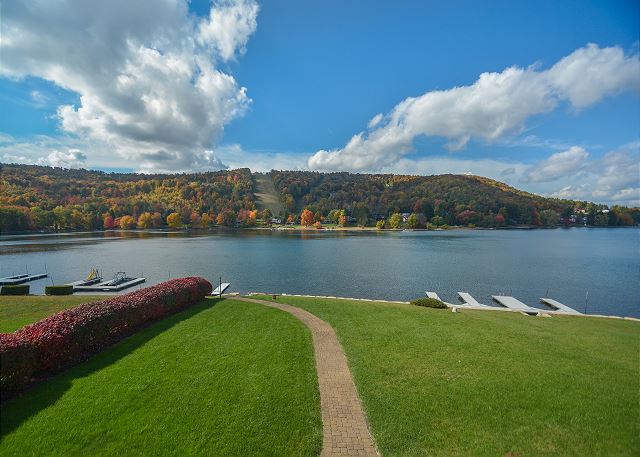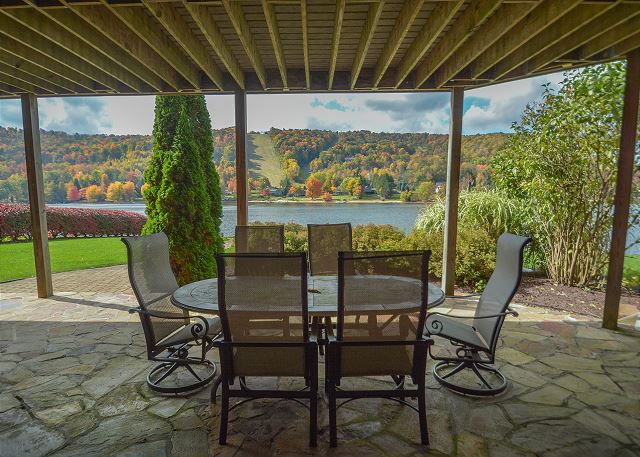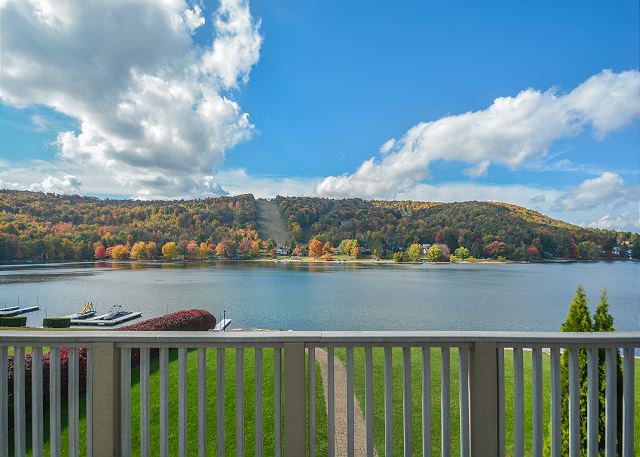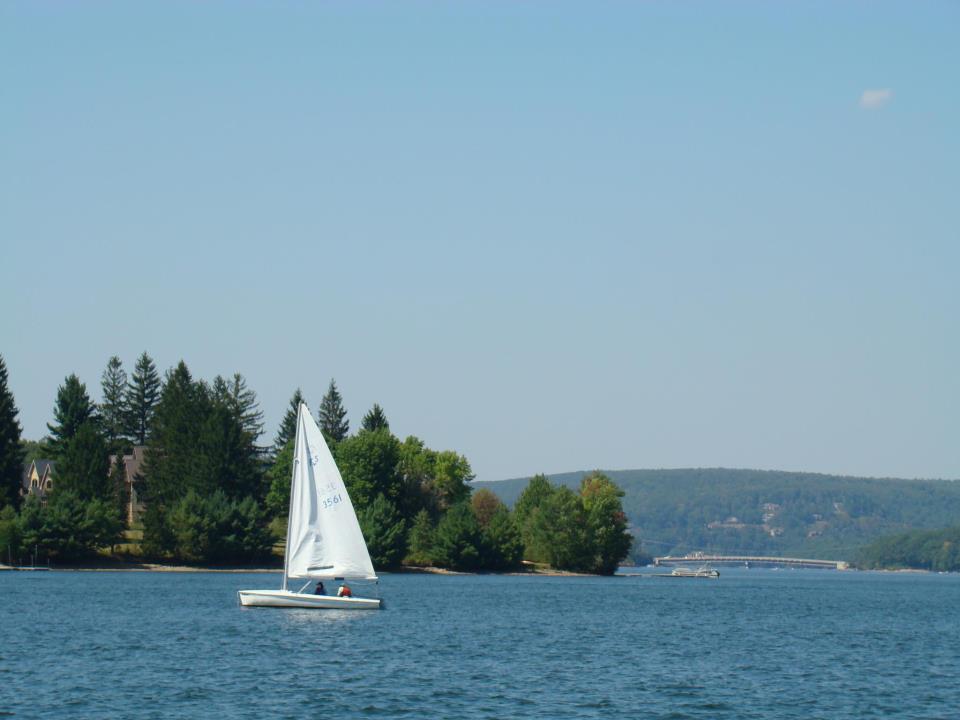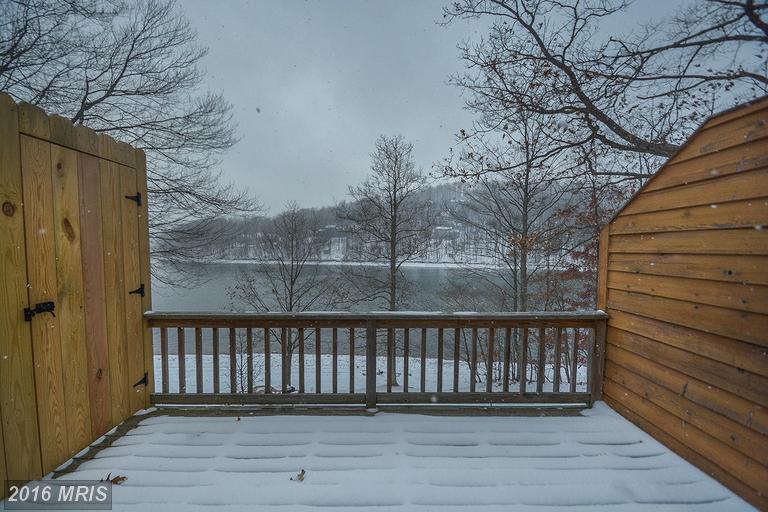Category:Uncategorized
Property Owners' Association: State Money For Garrett County
February 7, 2017
Folks,
The State (DNR) owns approximately 90,000 acres of land in Garrett County which is not subject to property taxes for the county due to state ownership. The current means to recoup some of the lost property taxes is to provide the county with 25% of the revenue obtained from the sale of timber on this land. For the last several years, however, very little timber has been harvested so the revenue coming to Garrett County has been very low. This process currently exists throughout Maryland for all counties in which the state owns land that cannot be taxed.
To remedy this situation and insure a fair amount of revenue, consistent with the amount of acreage owned by the state, this bill will provide a more equitable reimbursement of funds to Garrett County for land owned by the State of Maryland. The proposed bill breaks down the acreage into “units” of 10,000 acres and would mandate $250,000 per unit income to the county annually. SB273 will make the County’s reimbursement approximately $2 million annually. SB273 is being heard by the Senate Budget & Taxation Committee on Wednesday, February 15 at 1:00 p.m. Please send written testimony to George.edwards@senate.state.md.us by February 14, asking the Budget & Taxation Committee to give SB273 a FAVORABLE REPORT, and indicate if you plan to testify in person. Senate Bill 273 (SB 273) may be seen here. The existing system related to timber would no longer be used.
Your POA supports this bill because it is a fair way to reimburse the county for taxes that currently cannot be collected, and asks that you consider sending a written testimony of endorsement.
Thanks very much in advance for your support on this bill which, if passed, will insure Garrett County is fairly reimbursed for uncollectable tax revenue.
Cheers,

Bob Hoffmann
President
For more information, click here.
NEW LISTING: 440 Ben Dewitt Road
IMMACULATE 4BR home in a country setting! Built for entertaining, the massive rec room & custom bar lead out to a loaded backyard with swimming pool, outdoor lounge & fireplace.
Virtually every square foot of this custom home is tastefully improved. Custom everything – gourmet kitchen, tiled baths, multiple master suites, sun room, 2 car garage. Contact for even more pics. $500k+ invested in home.
for more information, click here.
NEW LISTING- 1305 Deep Creek Drive
Check out my new listing in the heart of McHenry!
WOW! Impressive lakefront chalet with western exposure and an iconic, ‘postcard’ view of Deep Creek Lake & Wisp Ski Resort. Unbelievable level, grassy, lakefront lot.
Ultra rare 3 slip private dock.
Recently established vacation rental home with annual projections nearing $100k. 5 spacious BR’s, 2 car garage, screened porch, upper and lower mud room.
Views from virtually every room in the house.
for more information, click here.
For a 3-d tour, click here.
Laura K.O. Smith ’05: Sailing to the End of the World and Back
The life of a full-time adventurer on the high seas
In high school, most people have posters of bands in their room, but Laura K.O. Smith ’05’s tastes hewed more anachronistic: “I laid out my desk like I thought a ship captain’s desk would look from the late 1700s.”
Growing up, Smith was enthralled by young-adult adventure novels, particularly The True Confessions of Charlotte Doyle, the story of a 19th-century teenager thrust on a harrowing sea voyage.
Continuing her lifelong romance with the ocean, Smith and her husband, Federico Guerrero, run Quixote Expeditions, a 2-year-old business that sails approximately nine hardy tourists from Chile’s Cape Horn across the perilous Drake Passage and on to the icy monoliths of Antarctica.
“A lot of people think we’re crazy,” Smith says. “It’s sort of become a new normal for us.”
The couple’s boat, the Ocean Tramp, is a double-masted rig that measures roughly 65 feet long. The pair, who met while working for an oil-services company, bought the boat after its previous owner, legendary American mountaineer Charlie Porter, died in 2014.
Ocean Tramp’s inboard engine helps to escape wayward ice, while an aluminum-fortified hull adds to its defenses. Smith and Guerrero got the idea for their business after traveling with friends to Antarctica in 2013.
As the expedition leader, Smith charts all tourist activities during the short Antarctic sailing season — December through March. Guerrero, a licensed captain, pilots the craft.
The couple made two trips last season but plan six sojourns this year. While the trips are billed as pleasure cruises, the couple give a free berth to a scientist, in most cases a biologist, whose research brings an educational component to the expedition.
Previously, passengers have helped scientists collect water samples and log bird and mammal sightings; a forthcoming trip will include a researcher who studies whether whales can smell.
Trips last 25 days, two weeks of which are spent getting to and from the Antarctic Peninsula. All hands help with the sails, chop potatoes, and wash dishes.
The continent beguiles in a number of ways, Smith says, noting in particular the region’s monochromatic splendor.
“Antarctica [has an] interesting lack of color,” she says. “You essentially have blue, white, and shades of gray — [it’s]almost completely devoid of reds and greens and yellows.
“And there’s something about the icebergs — [it’s] sort of like watching clouds,” she adds. “They’re all different shapes, and it never grows old.”
Smith’s life on the water dates to her childhood, when she took part in summer sailing camps guiding dinghies across Maryland’s Deep Creek Lake.
After majoring in geological engineering at Princeton, she worked for Schlumberger, looking for crude in the waters off nations such as India, Norway, Qatar, and Angola.
Now, Quixote Expeditions keeps her afloat for up to 140 days per year. Smith and her husband also sail tourists to the Falkland Islands and the craggy Isla de los Estados, in the Argentine portion of Tierra del Fuego.
The couple live aboard Ocean Tramp when they’re not leading tours, docking in Ushuaia, Argentina, the so-called “end of the world” on the Tierra del Fuego archipelago.
“Look out one side of the boat and you see the Ushuaia city lights with the mountains behind; look the other way and it’s the Beagle Channel, with Chile behind,” she says. “It’s a pretty amazing place to call your office.”
FOR MORE INFORMATION, CLICK HERE.
Winter weather in the forecast! Finally :)
Looks like great weather in the next few days for skiing & snowboarding at Wisp!

50 Wonderful Winter Marketing Ideas
Putting your house up for sale this winter?
Here are 50 great ideas from Zillow. From creating a list of winter service providers (cough, cough Taylor-Made DCV&S) to creative infographics- there are some great ideas here!
Click here to see the list.
←
1
2
3
4
5
6
7
8
9
10
11
12
13
14
15
16
17
18
19
20
21
22
23
24
25
26
27
28
29
30
31
32
33
34
35
36
37
38
39
40
41
42
43
44
45
46
47
48
49
50
51
52
53
54
55
56
57
58
59
60
61
62
63
64
65
66
67
68
69
70
71
...
72
73
74
75
76
77
78
79
80
81
82
83
84
85
86
87
88
89
→


